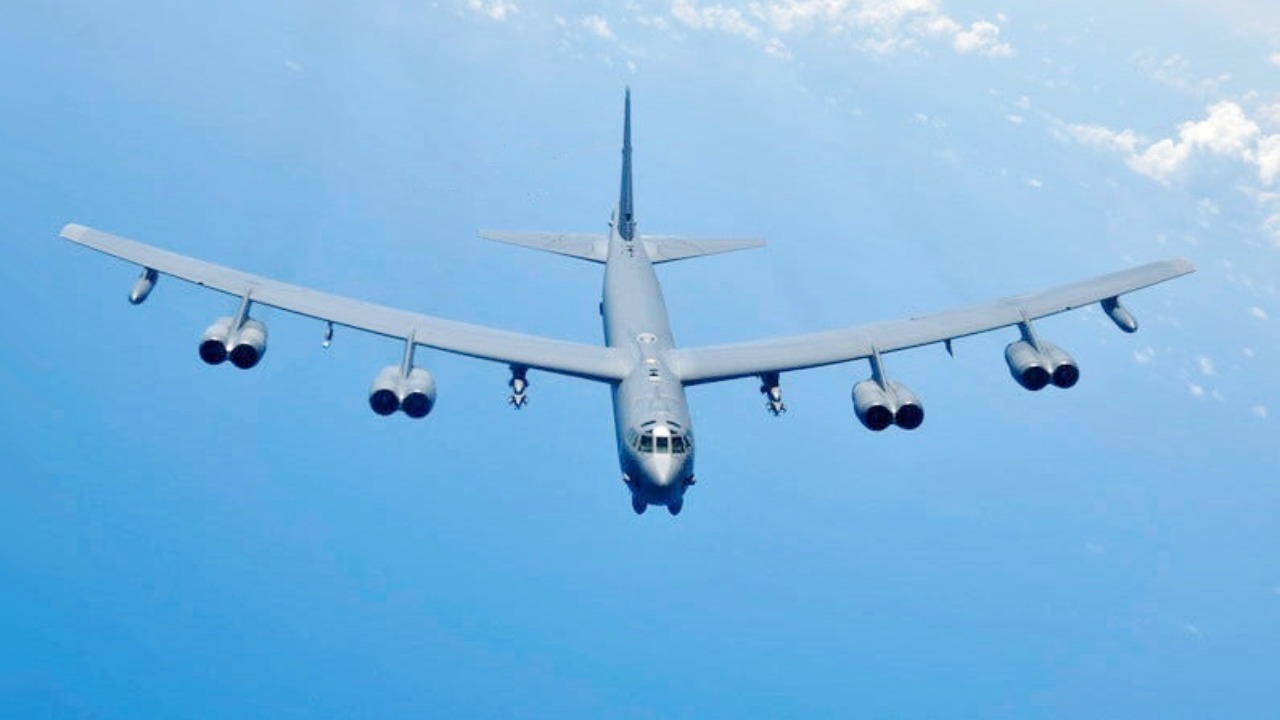
The ‘Super‘ B-52H Stratofortress bomber, a modernized version of the Cold War-era aircraft, is already in flight as of late 2025. The B-52J upgrade program, initiated in the same year, aims to extend the aircraft’s service life to a historic 100 years. The cost-effectiveness of the B-52H, with its flying hour cost of $69,708 compared to the B-2A’s $169,313, underscores its enduring value in U.S. strategic aviation and projects its operation until at least 2050.
Historical Background of the B-52 Stratofortress
The B-52H Stratofortress, the last Boeing-built heavy bomber still airworthy, entered service in the late 1950s. Over the decades, it has undergone numerous modifications to maintain its relevance in an evolving military landscape. The aircraft’s key specifications, according to official Air Force fact sheets, include an eight-engine configuration, a 200-foot wingspan, and a capacity for 70,000 pounds of ordnance.
The B-52H has played a significant role in major conflicts from Vietnam to recent operations. Its durability and adaptability have positioned it as the last Boeing-built heavy bomber in active U.S. inventory, a testament to its enduring value.
Evolution to the ‘Super’ B-52H Variant
The ‘Super’ B-52H variant incorporates significant upgrades, including engine replacements and avionics enhancements. By November 12, 2025, the upgraded model was already conducting flight tests. The new Rolls-Royce F130 engines replace the aging Pratt & Whitney models, improving fuel efficiency and reliability for extended global reach.
Structural reinforcements and radar upgrades enable the ‘Super’ version to carry modern precision-guided munitions without major airframe alterations. These enhancements ensure the B-52H’s continued relevance in the modern battlefield.
Key Features of the B-52J Upgrade Initiative
The B-52J upgrade program aims to extend the aircraft’s service life to a full 100 years from its 1950s debut. This ambitious goal was outlined in May 2025, reflecting the U.S. Air Force’s commitment to sustaining this strategic bomber. The upgrade includes cockpit modernization with digital displays and communication suites to enhance crew situational awareness in contested environments.
Weapon systems integration is another key feature of the B-52J upgrade. This includes compatibility with hypersonic missiles and improved targeting pods for multi-role strategic bombing, ensuring the B-52’s continued relevance in a rapidly evolving military landscape.
Cost Efficiency Driving Long-Term Viability
The B-52H’s cost per flying hour is $69,708, significantly lower than the B-2A’s $169,313. This cost efficiency is attributed to simpler maintenance, widespread parts availability, and fewer stealth requirements compared to advanced platforms. Factors such as the B-52’s subsonic design and lack of radar-absorbent materials further reduce operational expenses.
Based on these economics, the B-52’s service extension is projected to last until at least 2050. This supports fleet-wide upgrades without the need for immediate replacements, ensuring the B-52’s continued role in U.S. strategic aviation.
Operational Capabilities and Mission Adaptability
The B-52H’s baseline performance metrics include a 14,000-kilometer unrefueled range and a 50,000-foot ceiling for high-altitude deterrence, according to Air Force documentation. Its adaptability is demonstrated through its ability to deliver both conventional and nuclear payloads. The ‘Super’ variant further enhances this capability, enabling standoff strikes using long-range cruise missiles.
The bomber’s endurance has proven vital for power projection in global deployment history, including Pacific and Middle East operations. This adaptability and endurance underscore the B-52’s strategic value in a variety of mission scenarios.
Strategic Role in Future U.S. Air Power
The B-52J’s projected 100-year lifespan aligns with U.S. Air Force goals for bomber fleets amid rising great-power competition. The upgraded B-52H is positioned as a bridge to next-generation platforms like the B-21 Raider, thanks to its interoperability with allied forces and unmanned systems.
Environmental and sustainment challenges, such as engine efficiency gains in the ‘Super’ model, are also being addressed to ensure the B-52’s viability through 2050 and beyond. These efforts reflect the strategic importance of the B-52 in the future of U.S. air power.
More from MorningOverview